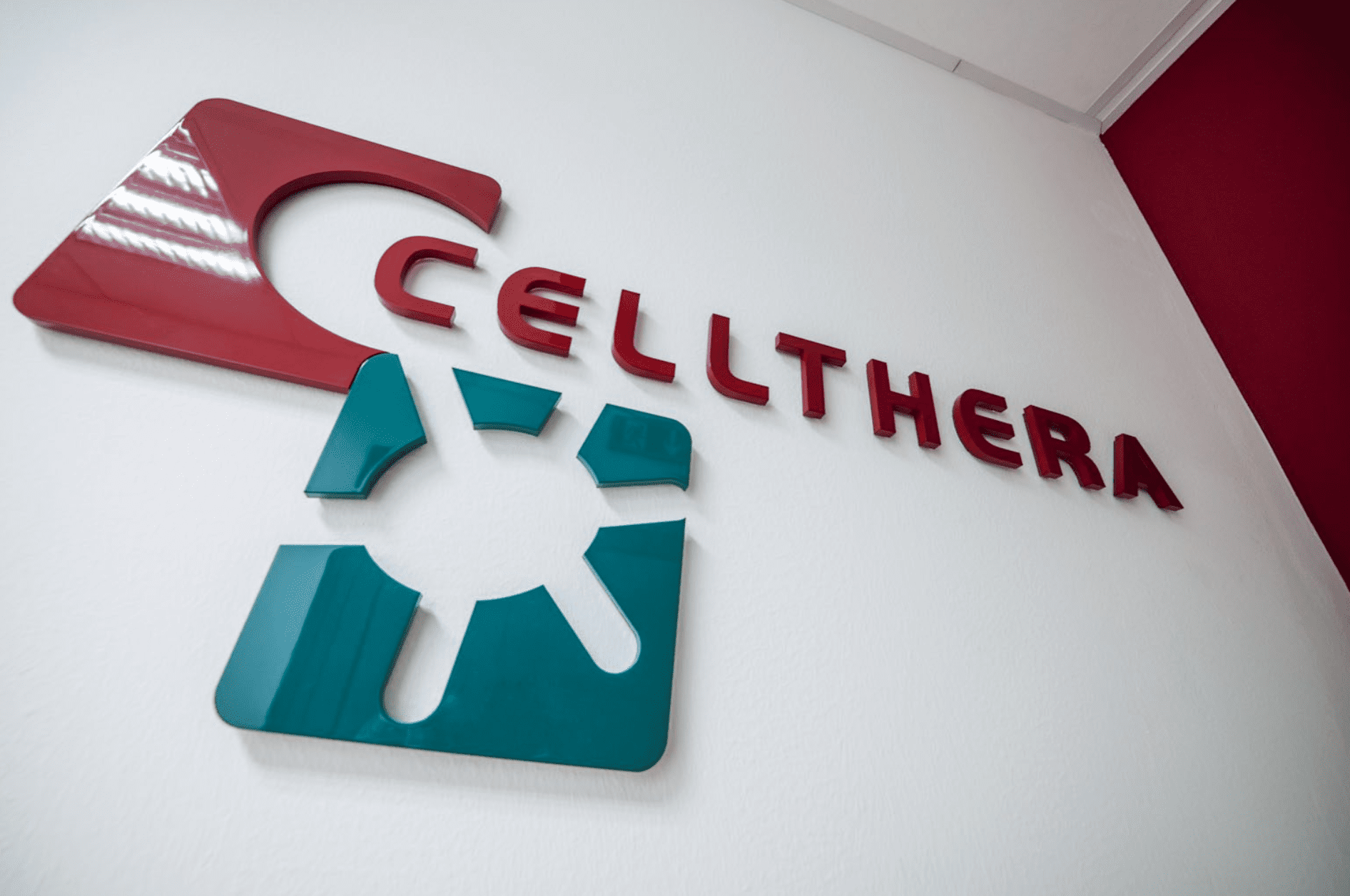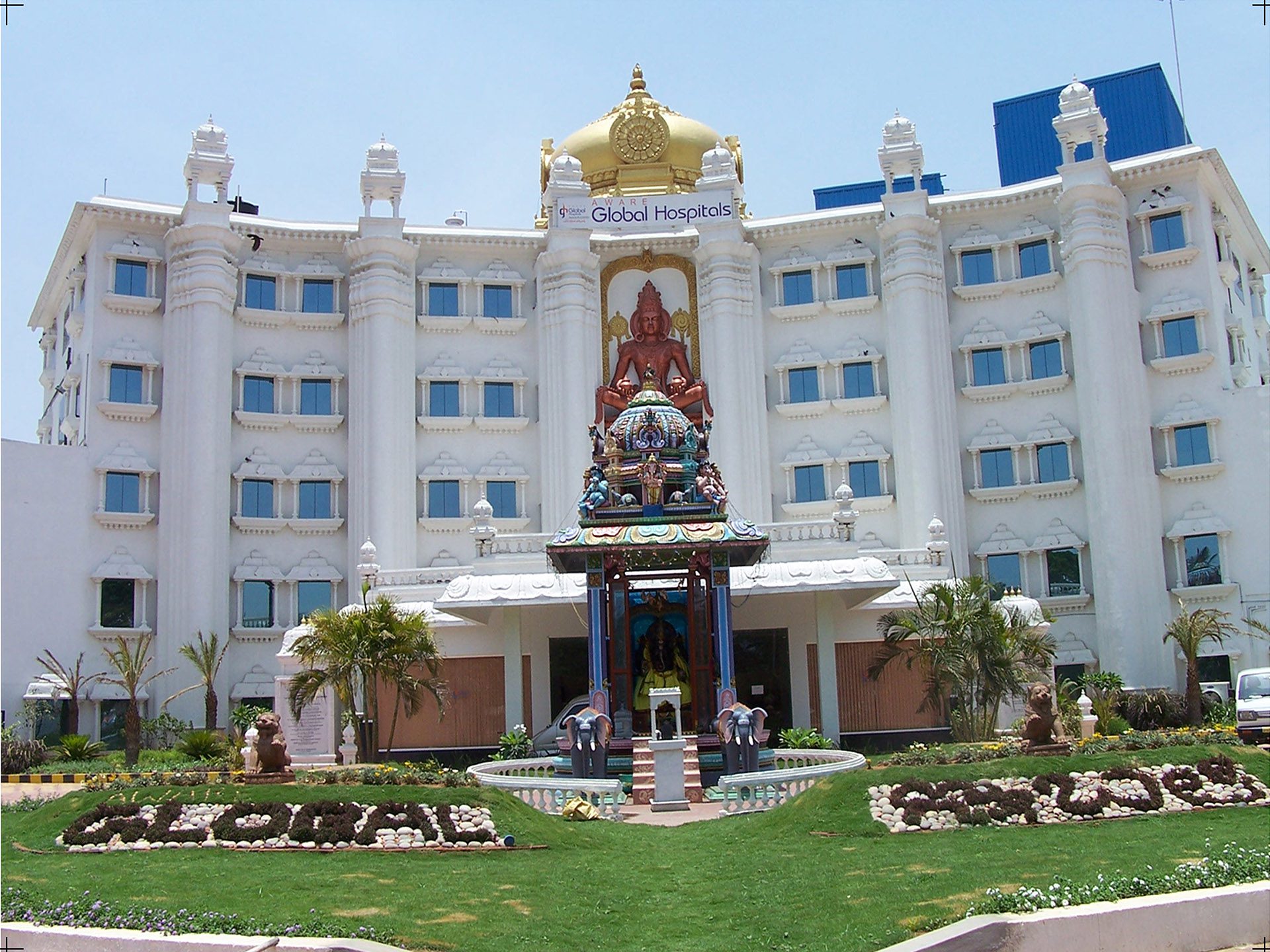Developments in MedTech have completely changed the field of healthcare, providing more precise, practically non-invasive, and efficient methods for executing operations. In this article, we will explore the modern methods of surgery that have transformed the way medical interventions are conducted. These methods include microsurgery, laparoscopy, and robotics. Each of these techniques has its own unique advantages and has opened up new possibilities in the field of modern surgeries.
Microsurgery
This is a specialized method that involves operating on extremely small structures in the body using microscopes, precision instruments, and sutures finer than a human hair. This technique has evolved over the years and has become an essential tool in a number of medical specialties, including plastic surgery, neurosurgery, and ophthalmology.
With the help of magnification, microsurgery enables surgeons to perform intricate manipulations on delicate tissues, for example, reconnecting blood vessels or nerves. The use of microscopes allows for enhanced visualization and precision, enabling doctors to achieve remarkable success rates. Microsurgery has not only improved patient outcomes but has also opened up new possibilities for reconstructive operations and organ transplantation.
Laparoscopy
Laparoscopy is a technique that involves making little incisions in the body and inserting a thin, flexible tube with a camera, known as a laparoscope. This allows doctors to visualize the surgical site on a monitor, enabling them to perform operations without the need for large incisions.
The development of laparoscopy has made far-reaching changes in gynecology, general surgery, and urology. Contrasted to commonly applied open surgery, laparoscopic approach offers a number of benefits. These include minimized postoperative pain, shorter hospitalization, and recovery times, and minimal scarring. Additionally, laparoscopic procedures often result in reduced blood loss and lower rates of complications. However, it also presents some challenges, including learning for doctors and limited dexterity due to the use of long, slender instruments.
Robotics in modern surgeries
Robotic-assisted operation is a relatively recent advancement that combines surgical expertise with MedTech. This technique involves using robots to assist doctors in performing operations with better precision and screening. These medical robots consist of machine arms furnished with specialized equipment, along with a console where the surgeon checks out the moves.
Robotics has gained popularity in urology, cardiac and colorectal surgeries. The precise moves of robot arms, coupled with the magnified, HD 3D visualization, make possible the execution of high-risk operations with way better precision, stability, and dexterity. These systems also minimize hand tremors, translating even the slightest moves into precise motions during surgery. In addition, robotics in surgery can provide doctors with a better ergonomic position, reducing fatigue and improving overall performance.
While robotics in medicine offers many pros, there are also limitations to overcome. The cost related to purchasing and maintaining robotic systems is substantial, making the technology accessible to only a limited number of healthcare centers. There is also a difficulty in finding the appropriate learning for doctors to become proficient in using robotics effectively.
Conclusion
In conclusion, the breakthroughs in surgical methods have transformed the field of medicine, allowing for more precise and efficient operations. New techniques have played important roles in reducing postoperative difficulties and enhancing the overall surgical experience. As technologies continue to evolve, we can expect further gains and refinements in MedTech, potentially unlocking new frontiers in medicine. The future of MedTech looks bright, paving the way for better results and higher quality of life for patients worldwide.











